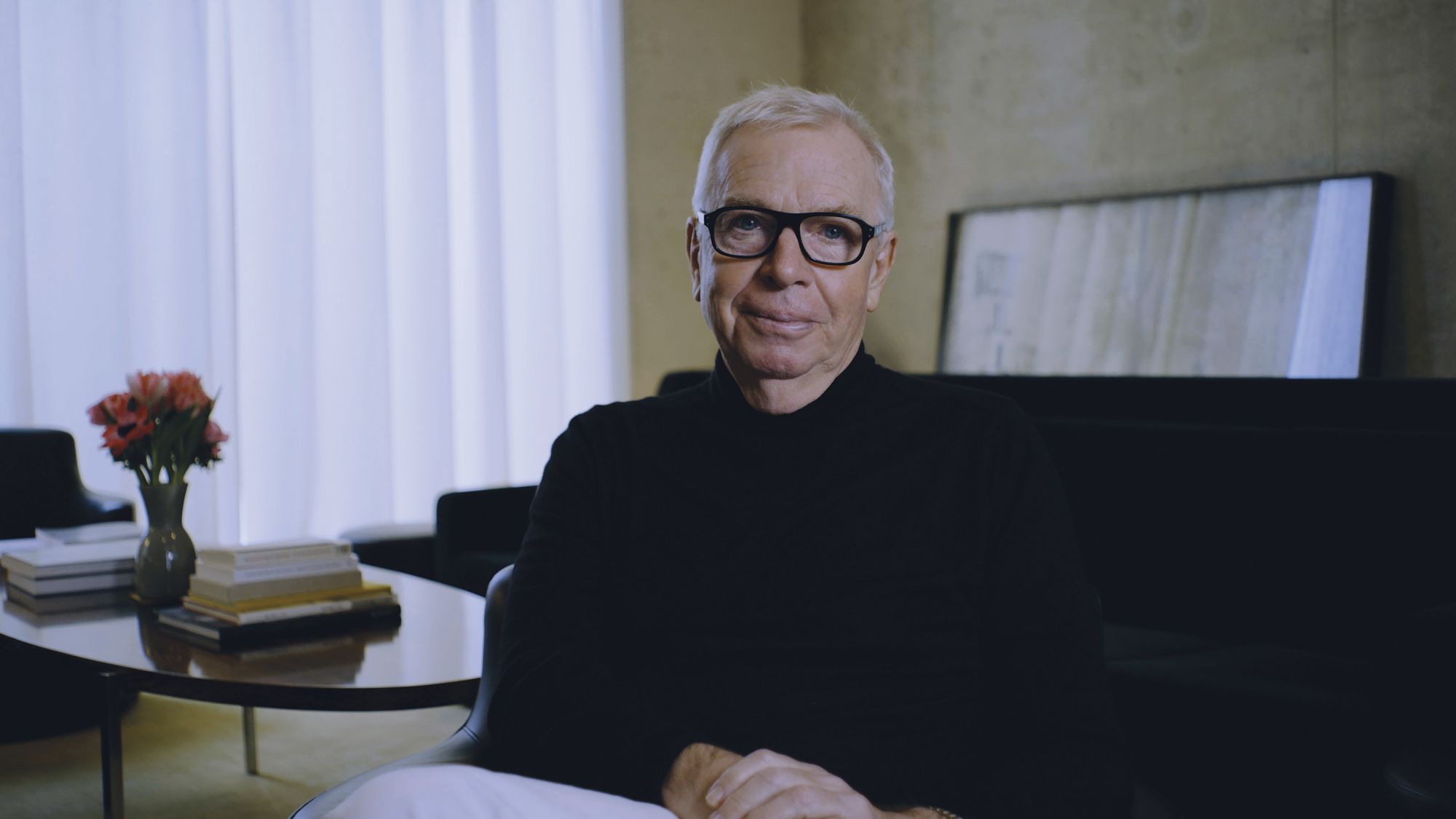Throughout its 44-year history, the Pritzker Prize — regarded as the “Nobel of architecture” — has often been awarded to individuals with distinct design signatures: Frank Gehry’s irregular forms, Zaha Hadid’s sweeping curves, Tadao Ando’s textural concrete.
It may be a sign of the times that 2023’s laureate, Sir David Chipperfield, has been praised by the prize’s judges for precisely the opposite.
“A gifted architect can sometimes almost disappear,” reads the jury’s citation, published Tuesday as the 69-year-old was unveiled as the latest recipient of his profession’s highest honor. “We do not see an instantly recognizable David Chipperfield building in different cities,” it adds, “but different David Chipperfield buildings designed specifically for each circumstance.”
Although best-known for cultural institutions, like Des Moines Public Library in Iowa, the UK’s Turner Contemporary gallery and his reimagined Neues Museum in Berlin, the English architect’s firm has completed over 100 buildings around the world. Spanning residential, commercial and public uses, the understated works are not defined by trademark motifs but by Chipperfield’s insistence on answering what he calls the unique “questions” posed by each project.
“I’m not that interested in architecture as an autobiographical exercise,” he said on a video call from London. “(We) are sort of a midwife in this process. When we finish a building, we go home — we leave it, and it belongs to somebody else (and) we’re not there to justify it and sell it anymore. It has to sell itself.”

Speaking to CNN ahead of Tuesday’s announcement, Chipperfield partly — and modestly — attributed his approach to a “lack of talent,” describing himself as “not an original genius in the way some, like Frank Gehry, are.” He also recognized that architects often have little choice but to stamp their identity on their work.
“Architects have become products. And products have to be distinguishable from each other,” he said, adding: “So, they profile themselves, shape themselves and present themselves in slight opposition to each other. In a way, their signature and their autograph become part of their branding, and therefore their corporate and commercial success. I’ve somehow been shy of that, or at least I found that counterproductive.”
As the prize’s jury attests, Chipperfield’s apparent lack of ego (in an industry that often glorifies great individuals) has proven an asset. He is the latest in a string of Pritzker laureates with few, or even no, conventionally iconic buildings to their name. Last year’s prize was awarded to Burkina Faso-born Francis Kéré, whose career has been largely committed to schools, health centers and community facilities in Africa. The year before, design duo Anne Lacaton and Jean-Philippe Vassal, best known for renovating France’s postwar social housing buildings, claimed the honor.
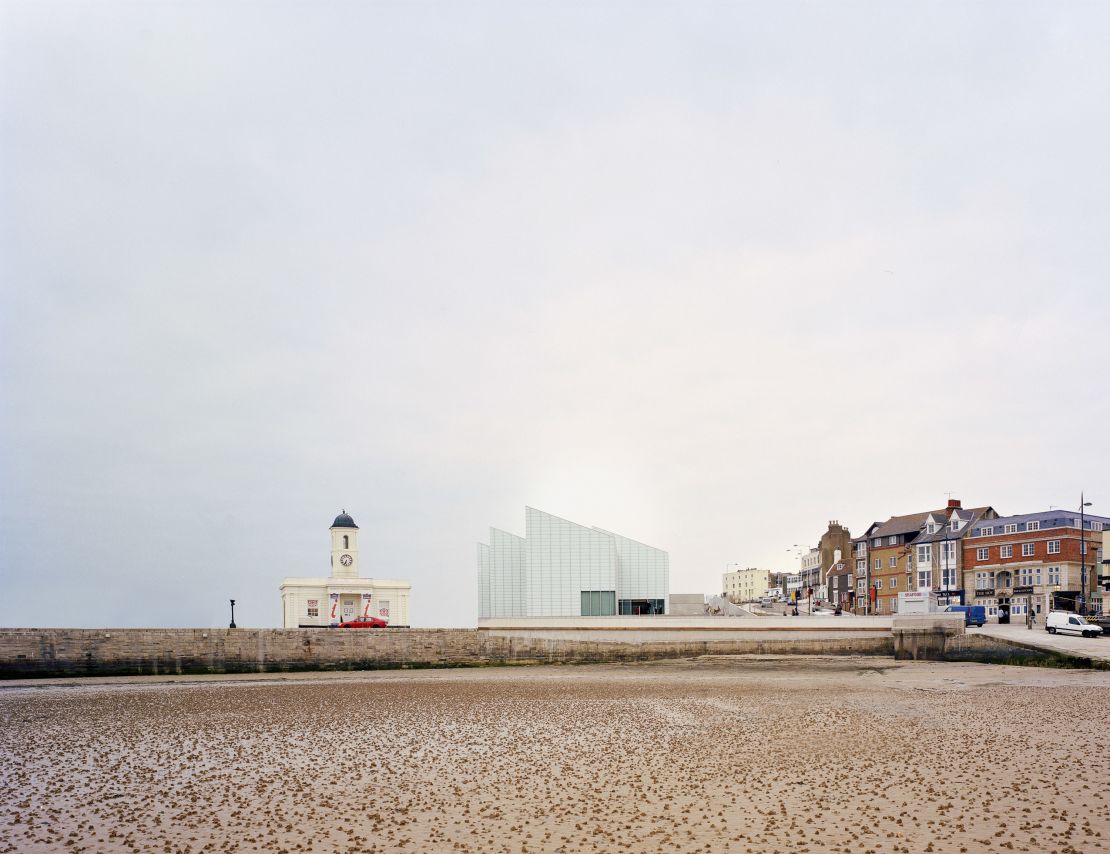
First awarded to American architect Philip Johnson in 1979, the Pritzker Prize continues to recognize what it describes as architects’ “consistent and significant contributions to humanity and the built environment.” But within that broad remit, the merits on which winners are judged appear to be evolving. So, might Chipperfield’s victory herald a wider shift, not only in architecture but society at large?
“I hope you’re a little bit right,” Chipperfield said. “The period … distinguished by the sort of ‘icon’ architecture of the last 30 years — I’m hoping that’s a bit in the past now. It does, within the perspective of sustainability and social inequality, start to look a little bit irrelevant.”
Master of the museum
None of this is to say that Chipperfield’s buildings lack gravitas. Look no further than the stepped atrium of BBC Scotland’s headquarters or the daring cantilevered slabs of his America’s Cup Building in Valencia, Spain. He has also flirted with unconventional shapes, such as the jagged sawtooth roof of the Museo Jumex in Mexico City.
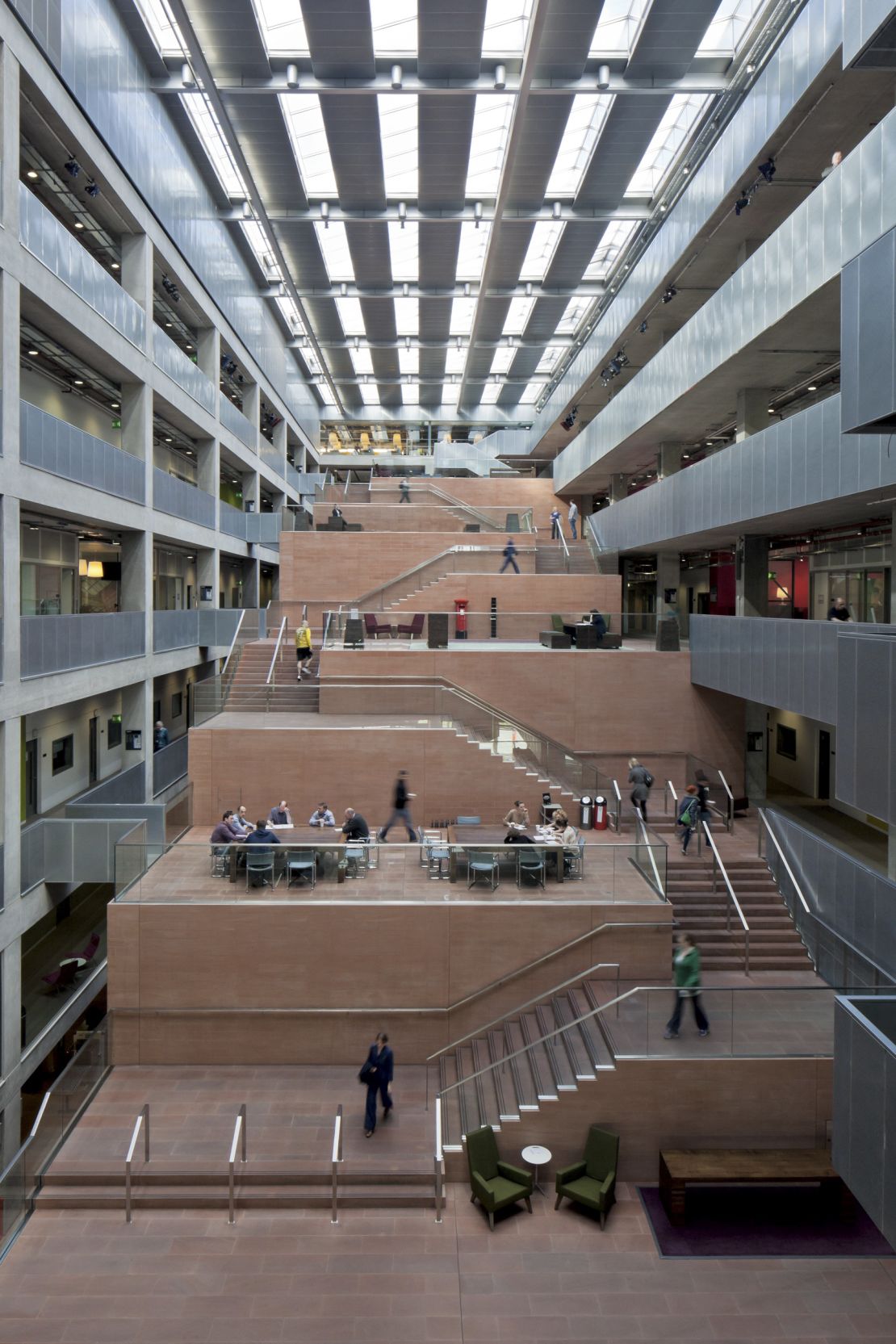
What unites these seemingly disparate forms is a respect for each site’s context and an emphasis on process. How a building was made, why it was made, what it was made from and who it was made for should, Chipperfield said, matter more than the “beauty parade estimation of architecture as image.”
“In our culture, the visual has dominated because it’s much easier to see a building on the front of an in-flight magazine than it is (to) experience it… I think we’re shifting now. And I think the visual and the formal will become very subordinate to process. How we build, what we build, where the materials come from — the whole supply chain, both in terms of sustainability and even in terms of ethics — will become the important things. And we will see beauty in a different way.”
“Architecture is about experience and substance, more than fleeting imagery,” he added.
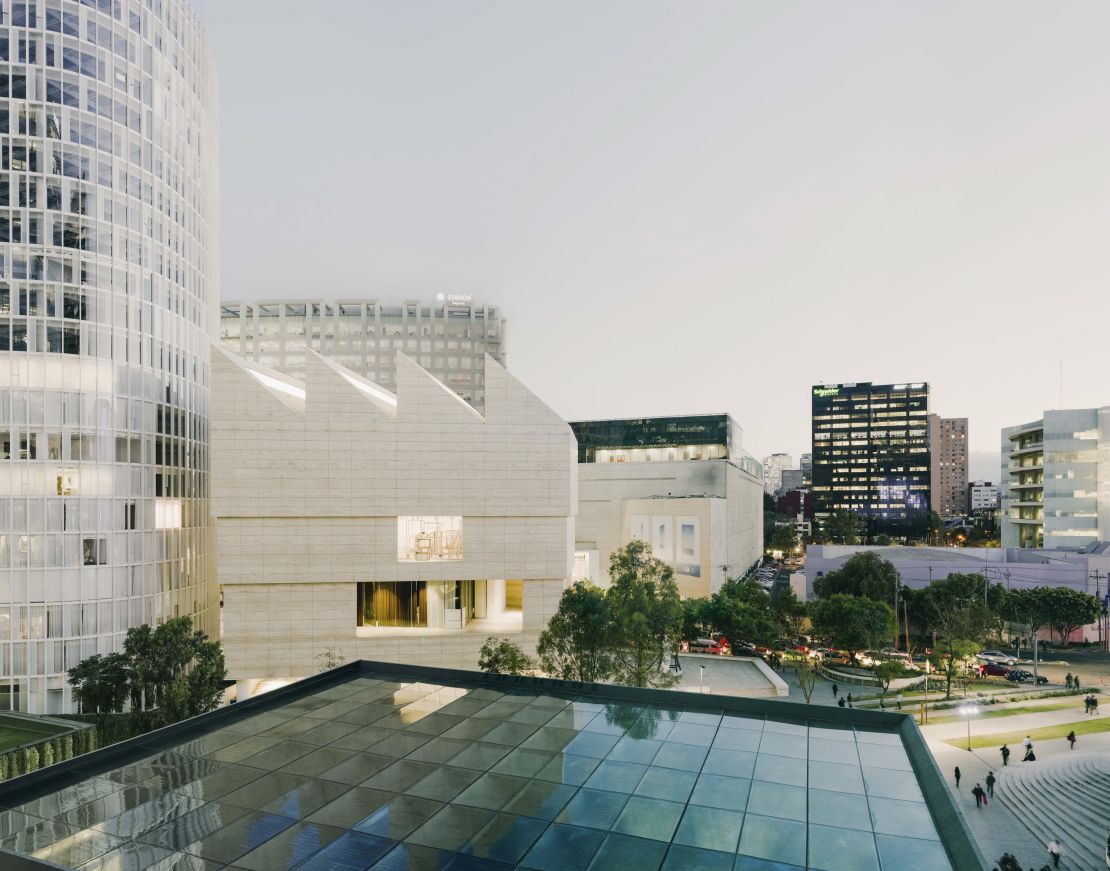
In winning the Pritzker Prize, Chipperfield joins a list of modern architectural greats that includes two of his former bosses: Norman Foster and the late Richard Rogers, winners in 1999 and 2007, respectively. Having graduated in the late 1970s, he joined their respective offices as they began to wield “a very big influence,” he recalled.
Chipperfield’s work may, on its surface, share little in common with a pair known for “high-tech” designs that celebrated their underlying engineering through bold displays of exposed steel, glass and aluminum. But, he said, he inherited from them a collaborative approach — one that views architecture as the work of teams, not lone geniuses.
“In order to (produce) a building, you need a structural engineer, a mechanical engineer, someone who’s really helping you manage the costs,” he added. “And often those people are at arm’s length… Norman Foster and Richard Rogers both brought those professionals to the table as part of the design process. And that was a real shift.”
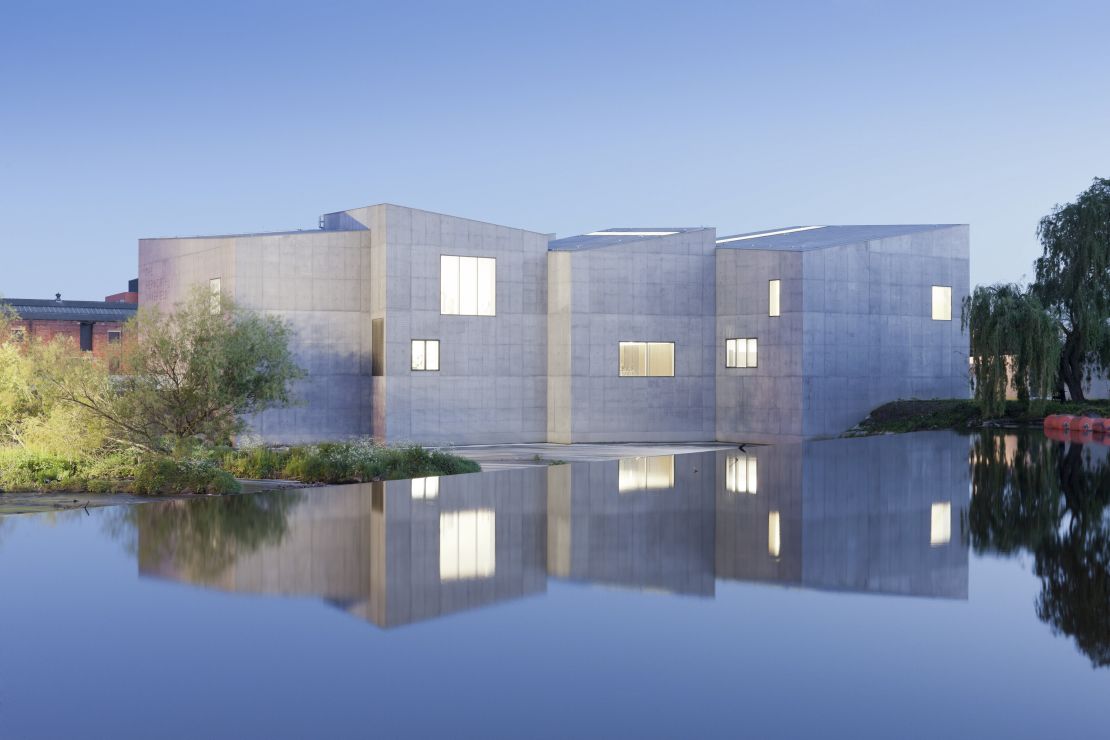
After setting up his own firm in 1984, Chipperfield completed a series of commissions in Japan, where his modest approach chimed with the country’s own minimalist aesthetic. He has gone on to build more outside the UK than within it, working extensively in continental Europe, North America and Asia, while opening offices in Berlin, Milan and Shanghai.
One of his early successes was, however, completed in his home country: The River and Rowing Museum, in the British town of Henley, which nodded to the Thames’ traditional wooden boat sheds. His firm has since become something of a museum specialist, with its portfolio of institutions ranging from the Zheijiang Museum of Natural History in China to the Anchorage Museum in Alaska.
These buildings often offer generous public gestures, like the huge waterfront promenade of Shanghai’s West Bund Museum, which serves as the Centre Pompidou’s first Chinese outpost. Chipperfield also frequently employs local materials — like aggregates made of stone and sand sourced from the Missouri River, that give texture to the polished concrete of Saint Louis Art Museum’s extended East Wing.
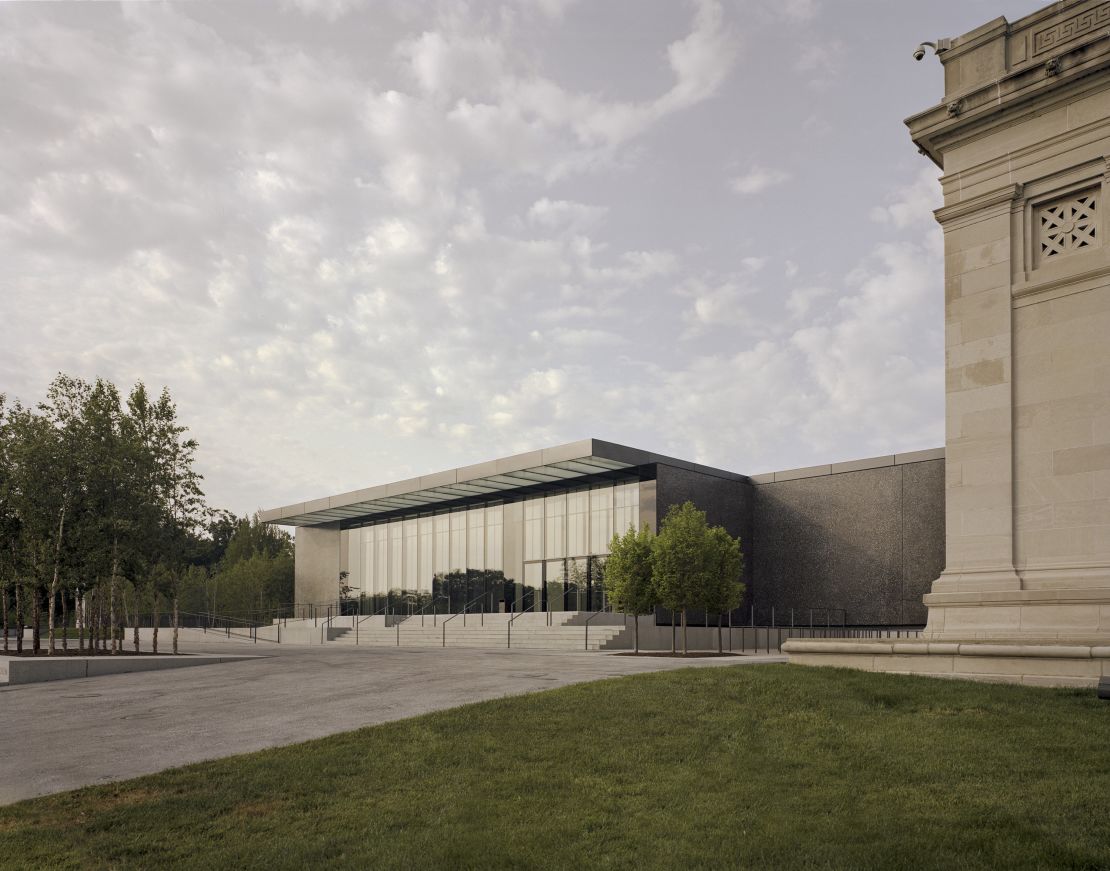
Whatever the commission, Chipperfield’s museums aim to dispel the notion that cultural institutions are stuffy or elitist.
“The museum has, since the 19th century, evolved from being a temple for the educated to a… place that should have a much more democratic and wider outreach,” he said, adding: “The challenge of cultural institutions is not to get people who normally go to cultural institutions to go to them, but to encourage other people to go there.”
With this, comes another principle that underpins his works: That a museum’s building should not outshine what is found within.
“Museums… give architects a lot of freedom,” he said. “And sometimes they’ve used that freedom to make the museum more about the architecture than it is about their contents.”
Navigating history
Many of Chipperfield’s most celebrated projects are — unusually for a major architect — works of restoration and renovation, rather than structures built from scratch.
He has been tasked with lightly treading on some of the world’s most delicate architectural sites, whether refurbishing Ludwig Mies van der Rohe’s Neue Nationalgalerie in Berlin or designing China’s new London embassy on the site of Britain’s former Royal Mint. (The latter was effectively halted in December, after local officials blocked plans on security grounds).
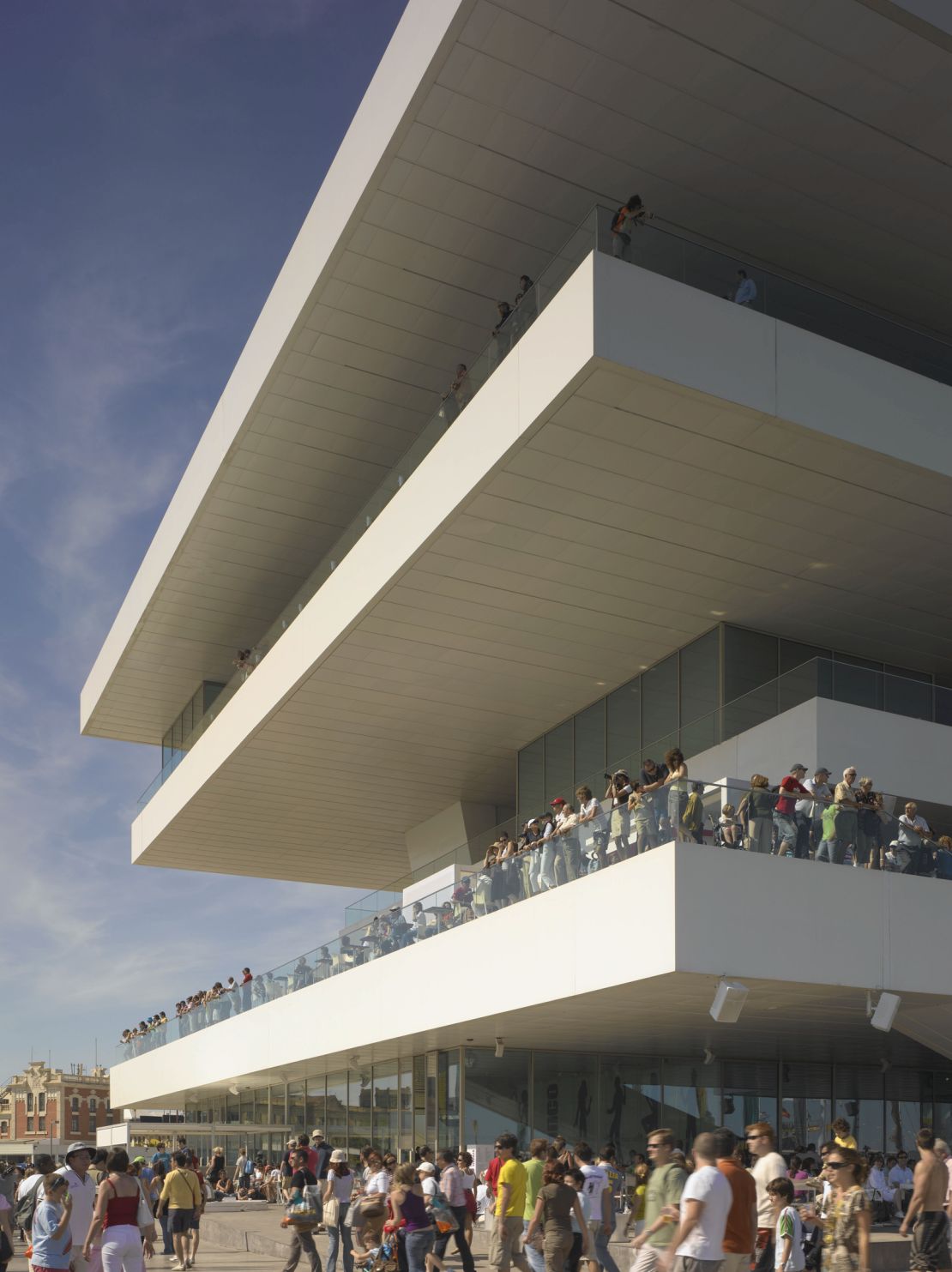
His transformation of Berlin’s mid-19th-century Neues Museum, which was badly damaged during bombing in World War II, is meanwhile considered among his firm’s greatest triumphs. Upon its reopening in 2009, Germany’s then-chancellor Angela Merkel reportedly described Chipperfield’s work as “impressive and extraordinary,” while calling Neues “one of the most important museum buildings in European cultural history.”
His restrained ethos seems well-suited to such tasks. Bringing old buildings back to life is not just about restoring function but creating a dialogue between past and present — balancing respect for history with the need for change. By reinterpreting old forms and giving them new relevance, Chipperfield has deftly charted a course between the two.
“We’re now talking about conservation as progress,” he said, arguing that growing calls to protect heritage should not just apply to recognized monuments.
“We need to reuse — and question the knocking down of — less significant buildings (too), not only from a position of resource, but also in terms of what a city means. If we knock things down every 20 years and start again, the city loses a lot of its charm and meaning because cities are cumulative, physically and socially.”
Even before the Pritzker Prize announcement, Chipperfield was among the world’s most decorated living architects. He was knighted in 2010 and won both the Mies van der Rohe Award and RIBA Royal Gold Medal the next year before becoming the first British architect to curate the Venice Architecture Biennale.
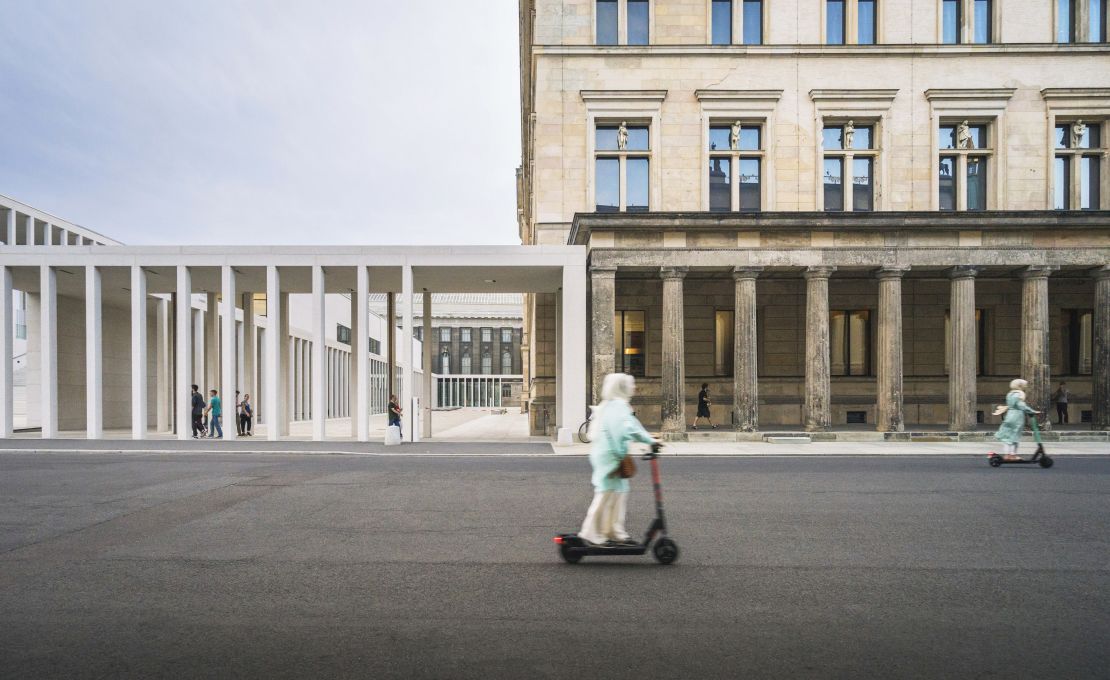
Having judged various awards, Chipperfield knows that major prizes are often used either to thank architects for a lifetime’s work or to provide encouragement earlier in their careers (either a “pat on the head” or “a pat on the bottom,” as he put it). But while he sees himself as “more in the former than the latter,” he is arguably now producing the best work of his career.
His firm’s James-Simon-Galerie building, whose colonnaded courtyard welcomes visitors to Berlin’s historic Museum Island, was shortlisted for the prestigious 2021 RIBA International Prize. And Chipperfield’s restoration of the Procuratie Vecchie, in Venice’s St. Mark’s Square, meanwhile opened the grand structure to the public in 2022 for the first time in its 500-year history. Traditional artisans restored its centuries-old flooring and other historical fittings, while rooftop terraces and new exhibition spaces invite visitors into places previously hidden from view.
His firm has more than two dozen other projects underway. The most recently announced of them will see the plinth at Athens’ neoclassical National Archaeological Museum extended to free up space for underground galleries. Fittingly, the Greek capital has been chosen to host the ceremony at which Chipperfield will be formally awarded the Pritzker Prize. Like previous winners, he will receive a $100,000 grant and a bronze medal.
“We don’t work for prizes, obviously, and you put them to the back of your mind,” he said. “But they’re extremely nice when they come along.”
